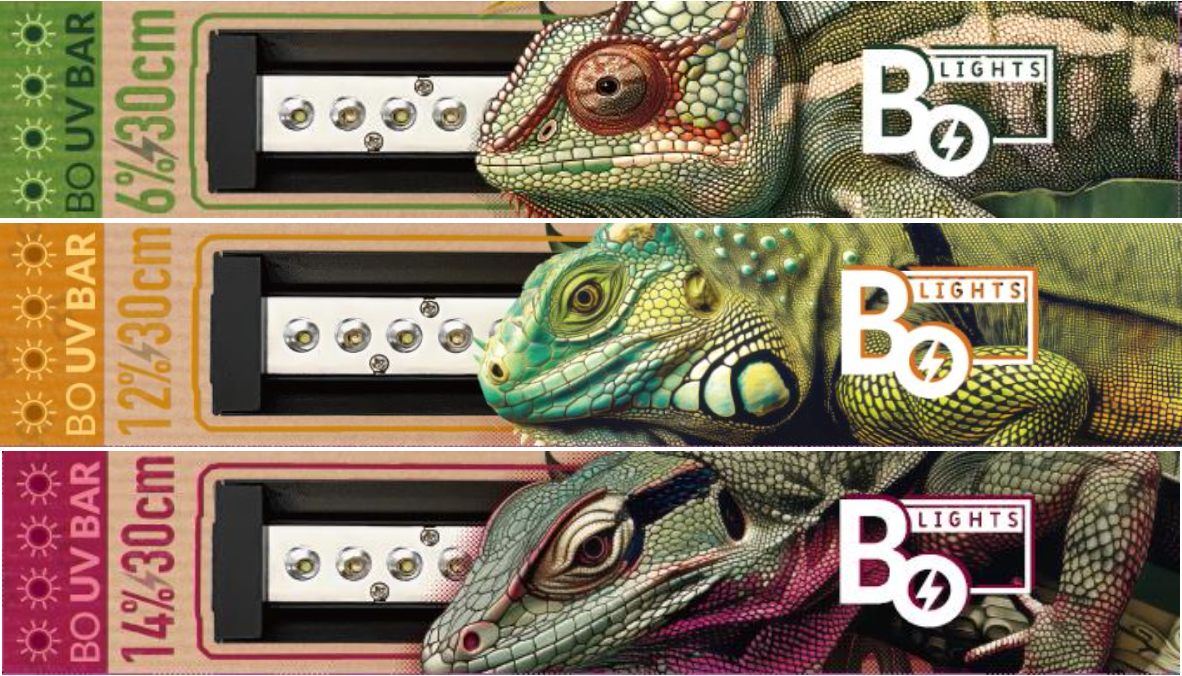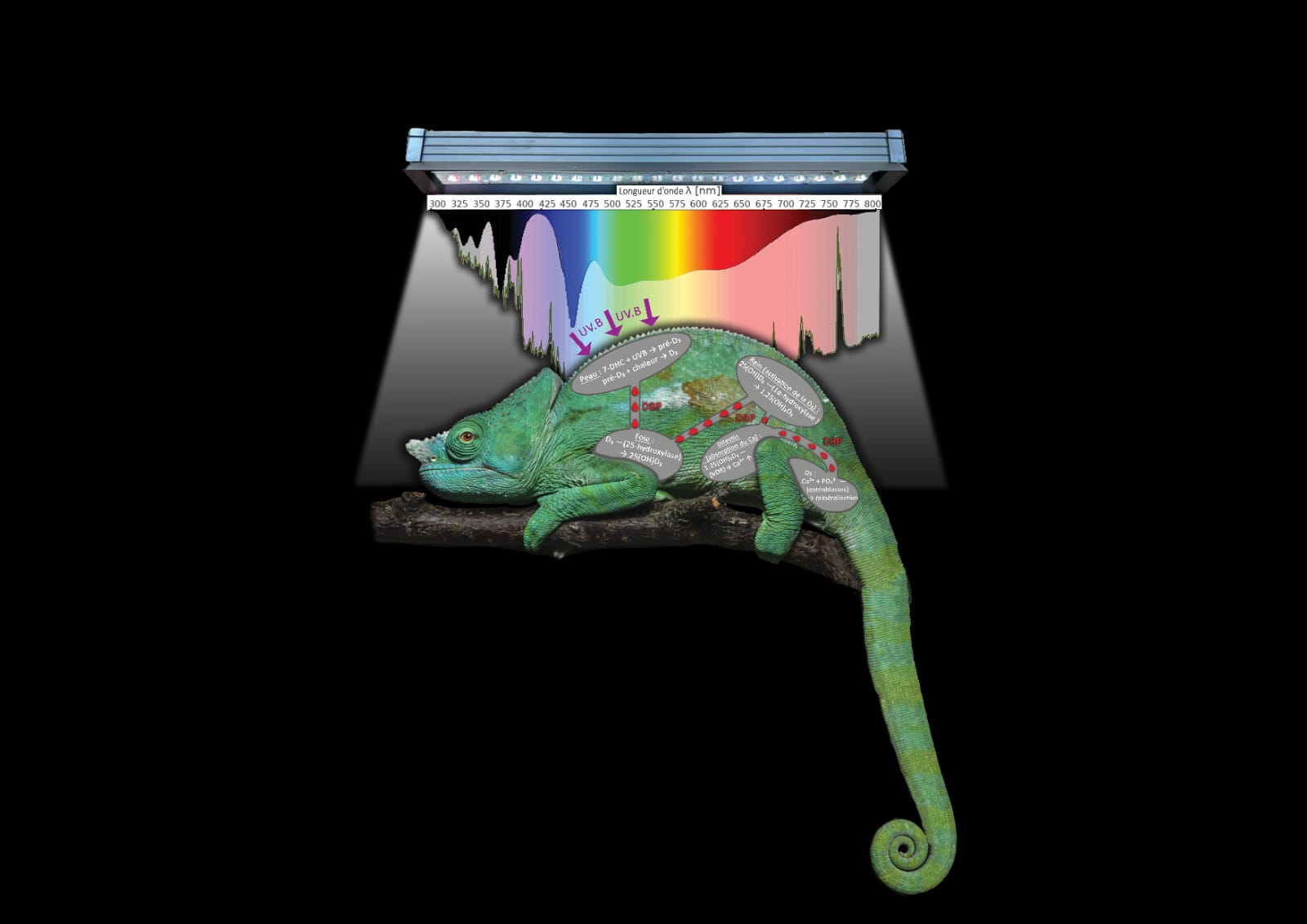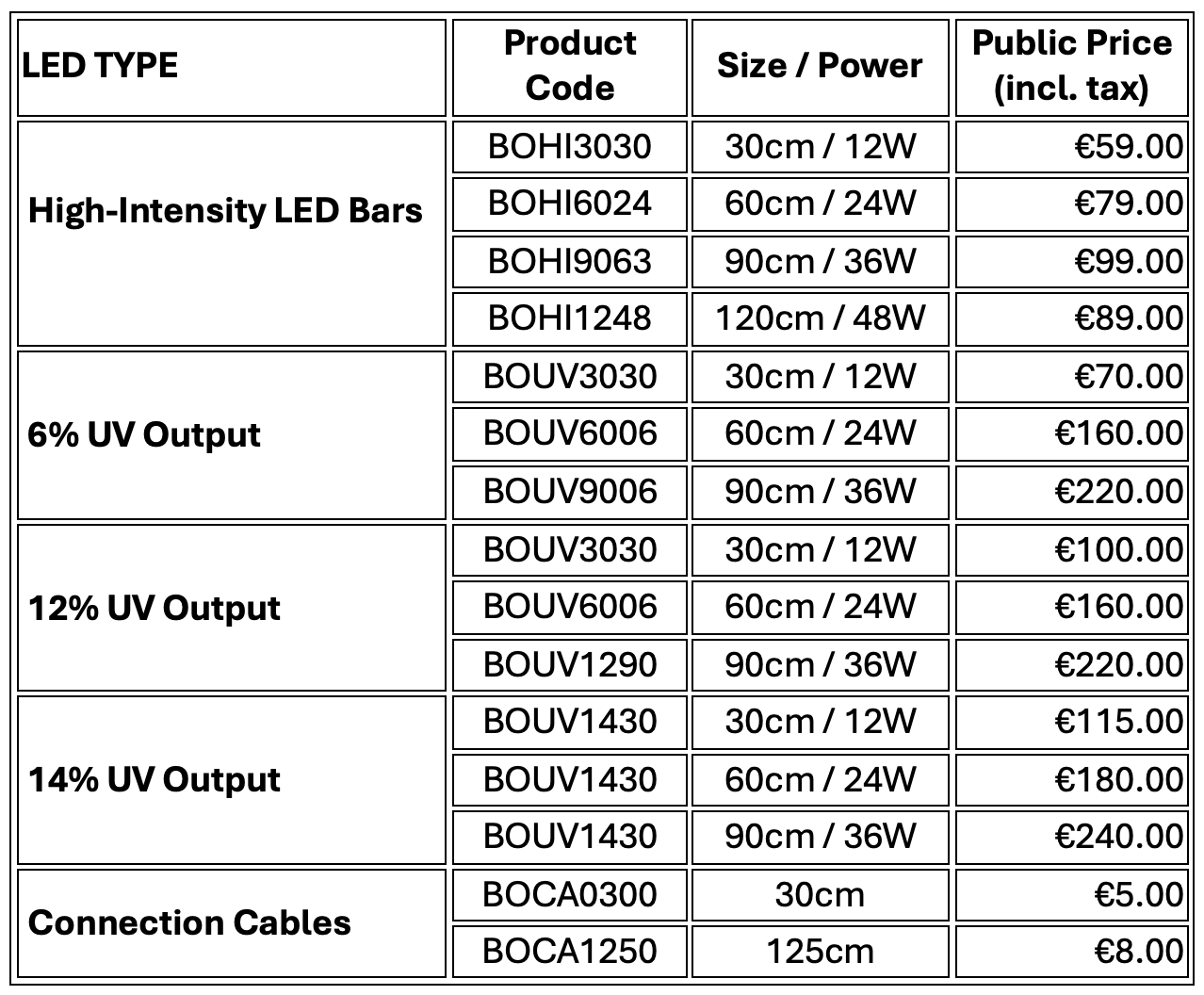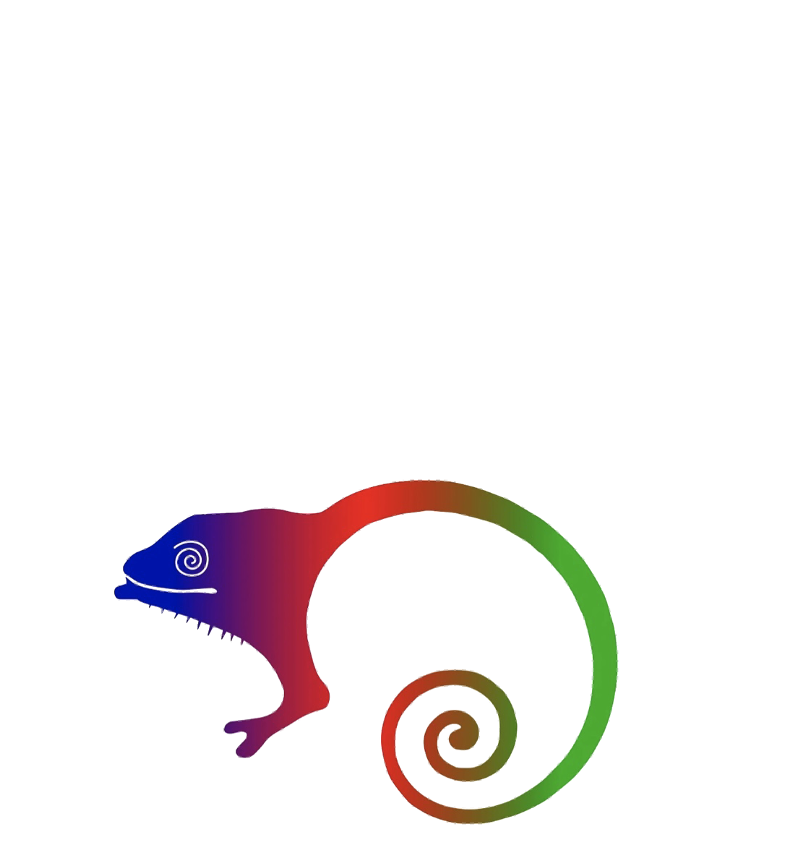
Archaius, Vol. 2, No. 2, 2025
Submitted 27.09.2025
Published 01.10.2025
Built for the Animals, Engineered by Passion
Boris Levecq & Petr Nečas
Corresponding author: petr.necas@me.com
Prologue: From Tangerines to Terrariums (by Boris Levecq)
I was 14 when reptiles first captivated me. Leopard geckos, Eublepharis macularius, especially their color mutations, sparked my passion. I became obsessed with Tangerine lines, selecting and breeding increasingly vibrant specimens. These early successes allowed me to explore new species and broaden my understanding of reptile care.
My first deep fascination was with the panther chameleon, Furcifer pardalis. Over the next three years, I kept species from vastly different habitats: Brachylophus bulabula, Varanus prasinus, Corallus caninus, Morelia viridis, Euprepiophis mandarinus, Trioceros melleri, and more. Each one deepened my commitment to herpetology and herpetoculture.
At 17, I met Jean François Desguin during an event called "Demain je serai...". His presentation on Charleroi Entreprendre inspired me to pursue reptile breeding professionally. My amateur operation already had global clients, so formalizing it was the next step. Bo Reptiles became a registered business in 2019.
In November 2024, I faced burnout from physical and mental overload. I reduced my collection from nearly 300 animals to just 30. Disillusioned by the live animal trade and its constraints, I chose to end that chapter. After two months of rest and reflection, I decided to reshape the industry by offering a new vision of terrarium keeping.
In January 2025, I began a four-month transformation: restructuring operations, creating a new business plan, launching Bo Company, developing innovative solutions, and securing funding. Bo Company marked a shift from B2C to B2B, working with distributors across Europe while still serving private clients. Former breeding spaces became showrooms and demo zones. A solid IT infrastructure was built to optimize logistics, communication, and service.
Bo Company now rests on two pillars: Bo Lights, focused on high-performance LED lighting, and Bo Conceptions, offering custom aluminum terrariums. These distinct but complementary divisions may one day merge into a unified system combining habitat, lighting, and technology.
Bo Lights began in 2021 with 3W LED UVB lamps for internal use. After consulting Swiss scientist Markus Grimm, we halted sales due to biological limitations and developed a more advanced 6W version with a broader UV spectrum. We also imported LED lighting bars for optimal terrarium brightness. By early 2024, we paused promotion to refine the product line. After 18 months of R&D with veterinarians, labs, engineers, and breeders, our new range entered mass production and will launch in Europe in October 2025. These products aim to meet biological needs, offer intuitive use, and align with EU environmental standards.
Our custom terrariums were born from necessity, no existing models met our standards. Interest grew quickly across Europe. Standard racks gave way to refined, modular designs with tailored dimensions, durable materials, and customizable aesthetics. This activity became a central pillar of Bo Company's growth.
This is the story of Bo Company, born from passion, shaped by resilience, and built to redefine the future of herpetoculture.
The Distance We Cannot Close
In captivity, we try to replicate the sun. But it's impossible, not just difficult, but physically unachievable. The sun is a fusion engine 150 million kilometers away. Its light travels across space, filtered by atmosphere, scattered by molecules, and arrives with a balance shaped by distance and geometry. We cannot reproduce that with a single lamp. Light intensity diminishes with the square of distance. A source placed 30 centimeters from an animal cannot mimic the physics of a star. The concept itself is flawed.
But one thing can be replicated: the spectrum.
Of the three components of light, visible, infrared, and ultraviolet, which seem to need to be simulated by separate sources, UV has always been the hardest to reproduce. HQI systems delivered intensity, but with excessive heat and energy waste. Linear fluorescent sources offered coverage, but lacked spectral precision and suffered from volatility and short lifespans. LEDs held promise. Compact, efficient, cool-running. But the spectrum was wrong. Always wrong. Until now.
After years of research, testing, and failure, we fixed it.
We announce the first LED UVB system that works, biologically, reliably, and precisely. It delivers a spectrum that matches the solar UV profile required by reptiles in captivity. It supports calcium metabolism, D3 synthesis, and natural basking behavior. It's modular, intuitive, and built to last. It respects the animal. It respects the science.
This is not an iteration. It's a breakthrough. The light is correct. The spectrum is real. The future begins now.
UV Light and Reptile Metabolism: A Layered Interaction
Ultraviolet (UV) light, especially UVB (280–315 nm), plays a critical role in reptile physiology. The chart illustrates how light interacts with the skin of a chameleon, but the principles apply broadly across reptilian species. Here's how the process unfolds:
1. Skin Reception and UV Penetration
- Chromatophores and pigment cells (like melanophores, xanthophores, and iridophores) regulate visible coloration, but they also modulate how UV light penetrates the skin.
- Iridescent nanocrystals in iridophores reflect specific wavelengths, contributing to both color change and light filtering.
- UVB light penetrates the epidermis and reaches deeper layers where 7-dehydrocholesterol resides, a precursor molecule embedded in the skin.
2. Photochemical Conversion
- When UVB photons strike 7-dehydrocholesterol, they trigger a non-enzymatic photochemical reaction, converting it into previtamin D3.


Fig. 1: Bo Lights Pro.

Fig. 2: UVB metabolism induction.
- This molecule then thermally isomerizes into vitamin D3 (cholecalciferol) over time, depending on ambient temperature and skin conditions.
3. Systemic Activation
- Vitamin D3 enters the bloodstream and travels to the liver, where it is hydroxylated into 25-hydroxyvitamin D3.
- This intermediate is then further hydroxylated in the kidneys to form 1,25-dihydroxyvitamin D3, the biologically active form.
- This active hormone regulates calcium and phosphorus metabolism, enabling proper bone formation, neuromuscular function, and immune response.
4. Feedback and Regulation
- Reptiles have evolved feedback mechanisms to regulate UV exposure behaviorally. They bask when UV levels are optimal and retreat when they're excessive.
- The chart's emphasis on "light levels" and "color change" reflects not just camouflage or communication, but also thermoregulatory and photoregulatory behavior, adjusting skin reflectivity to modulate UV absorption.
Why Spectrum Matters
The chart's spectral overlay (400–700 nm) shows visible light, but the metabolic cascade depends on UVB wavelengths below 400 nm. Most artificial lights fail to deliver this range accurately or consistently. That's why your breakthrough LED UVB system, designed to replicate the solar UVB spectrum, is so critical. It enables this entire metabolic pathway to function as it does in nature.
Bo Lights Pro in Numbers Bo Lights Pro Price Listing

Wattage: 12 / 24 / 36 / (48*) W
Size: 30 / 60 / 90 / (120*) cm
Lifetime: 3 years
* ... for full spectrum LED only
Fig. 3: Bo Lights Pro Parameters and Price Listing.
Levecq, B. & P. Nečas (2025) Built for the Animals, Engineered by Passion. Archaius 2(2): 6
Page 6


